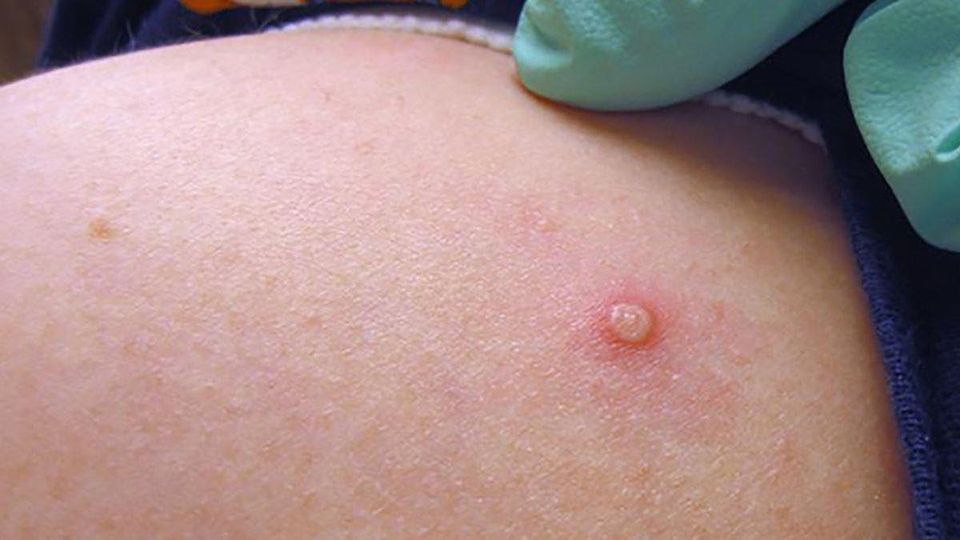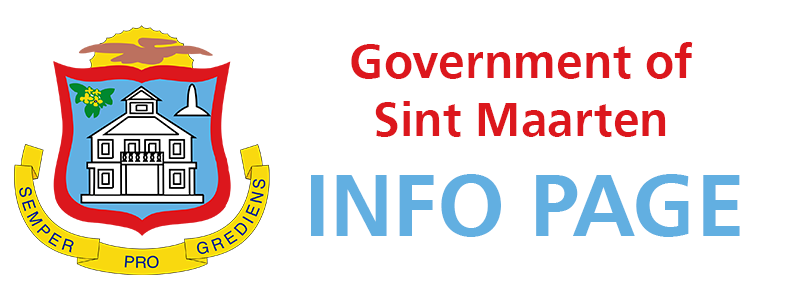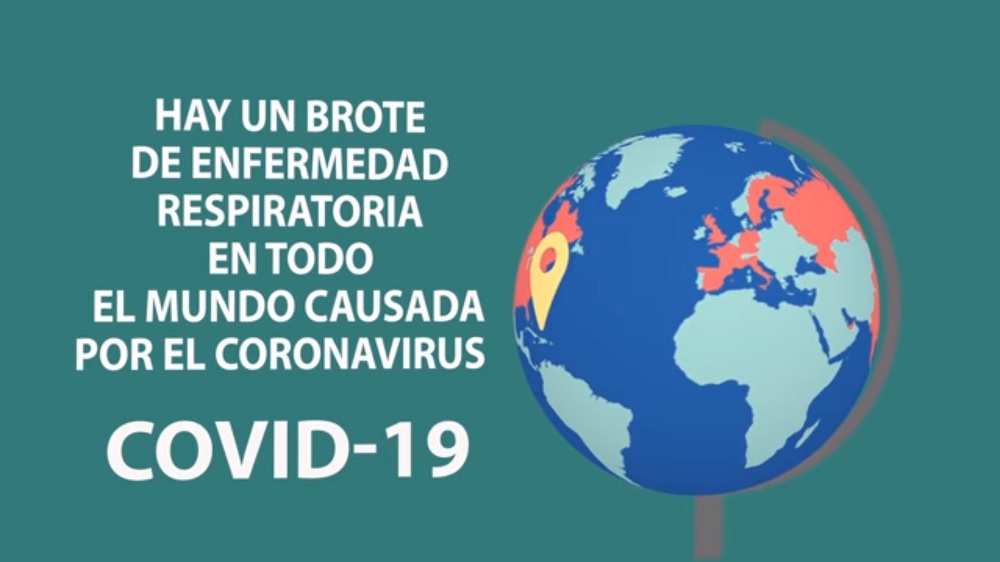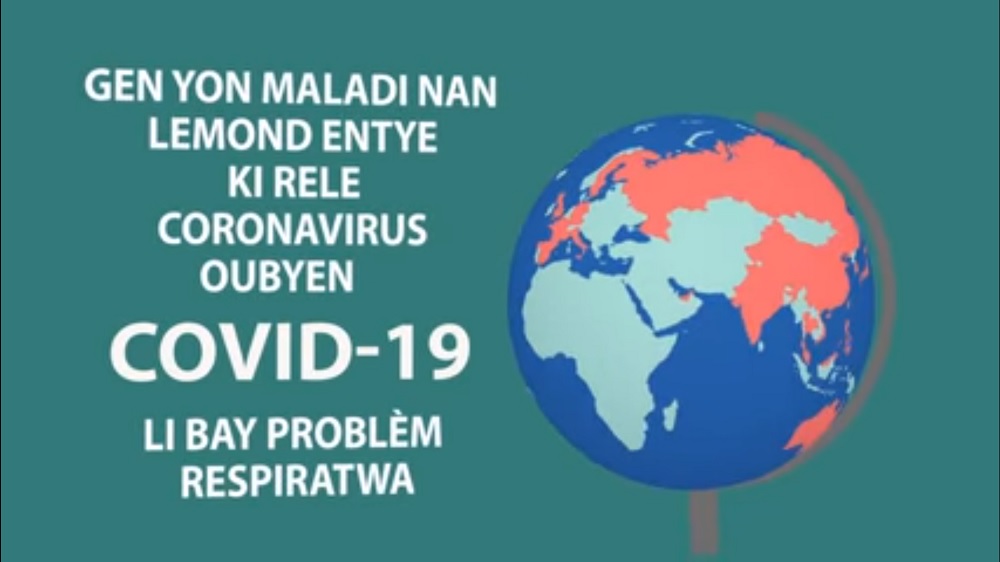Monkeypox Prevention
To date, there are no confirmed cases of Monkeypox reported to the Collective Prevention Services (CPS) in the country.
Based on the global meter for Monkeypox as of July 13, 2022, there is a total number of 10,576 cases registered in 72 countries: Europe 8,723; North America 1,374; South America 304; Asia 98; Africa 36; and Oceania 25.
Monkeypox has been confirmed in the Caribbean, and no cases have been registered on Sint Maarten. The countries with the largest number of cases reported to the Pan American Health Organization (PAHO) in the Americas at this point in time is the United States of America, Canada followed by Brazil.
CPS increased its public health surveillance for Monkeypox since May. All family physicians must report suspected cases to CPS for follow-up and registration.
Monkeypox is caused by the monkeypox virus which is a viral zoonotic disease that occurs primarily in tropical rainforest areas of central and west Africa and is occasionally exported to other regions around the world. Monkeypox is less contagious than smallpox and causes less severe illness.
It is usually a self-limited disease with the symptoms lasting from two to four weeks. Severe cases can occur, and the fatality ratio has been around three to six per cent.
Monkeypox is transmitted to humans through close contact with an infected person or animal, or with material contaminated with the virus. Monkeypox virus is transmitted from one person to another through close contact with lesions, body fluids, respiratory droplets and contaminated materials such as bedding.
While anyone can catch monkeypox, the majority of monkeypox cases on the global level continue to be in gay, bisexual, and other men who have sex with men (MSM). The infection is passed on mainly through close contact between people in interconnected sexual networks.
CPS is calling on the populace to reduce exposure to the virus by practicing the following prevention measures: Reduce your risk of catching monkeypox by limiting close contact with people who have suspected or confirmed monkeypox; Clean and disinfect environments that could have been contaminated with the virus from someone who is infectious regularly; Keep yourself
informed about monkeypox and have open conversations with those you come into close contact (especially sexual contact) with about any symptoms you or they may have.
Monkeypox typically presents clinically with fever, rash, swollen lymph nodes, intense headache, back pain, muscle aches, lack of energy, and may lead to a range of medical complications.
If you experience any of the above, you should contact your medical doctor as soon as possible. You can act to protect others by isolating from others until you have been evaluated and tested.
The rash tends to be more concentrated on the face and extremities rather than on the main body mass. It affects mainly the face, and palms of the hands and soles of the feet but can appear on other parts of the body not listed here.
CPS reiterates its call on all to be alert and take action to prevent getting and spreading Monkeypox: Remember: 1) avoid close, skin-to-skin contact with people who have a rash that looks like Monkeypox ? do not touch the rash or scabs of a person with Monkeypox; do not kiss, hug, cuddle or have sex with someone with Monkeypox; do not share eating utensils or cups with a person with Monkeypox. 2) Do not handle or touch the bedding, towels or clothing of a person with Monkeypox. 3) Keep two meters distance from an infected person (s); 4) Wash your hands often with soap and water or use an alcohol-based hand sanitizer. If you are unsure, consult your physician.
CPS is a department in the Ministry of Public Health, Social Development and Labour (Ministry VSA).










